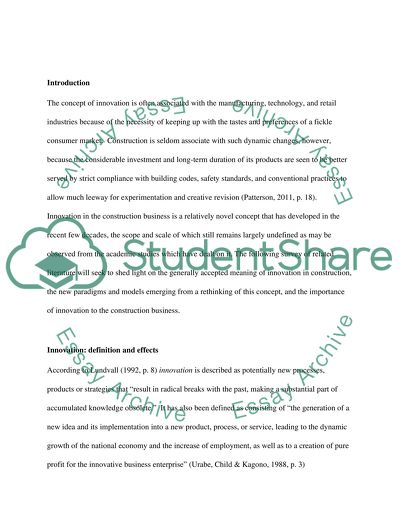Cite this document
(“Innovation Literature review Example | Topics and Well Written Essays - 4750 words”, n.d.)
Retrieved de https://studentshare.org/engineering-and-construction/1391455-innovation
Retrieved de https://studentshare.org/engineering-and-construction/1391455-innovation
(Innovation Literature Review Example | Topics and Well Written Essays - 4750 Words)
https://studentshare.org/engineering-and-construction/1391455-innovation.
https://studentshare.org/engineering-and-construction/1391455-innovation.
“Innovation Literature Review Example | Topics and Well Written Essays - 4750 Words”, n.d. https://studentshare.org/engineering-and-construction/1391455-innovation.


